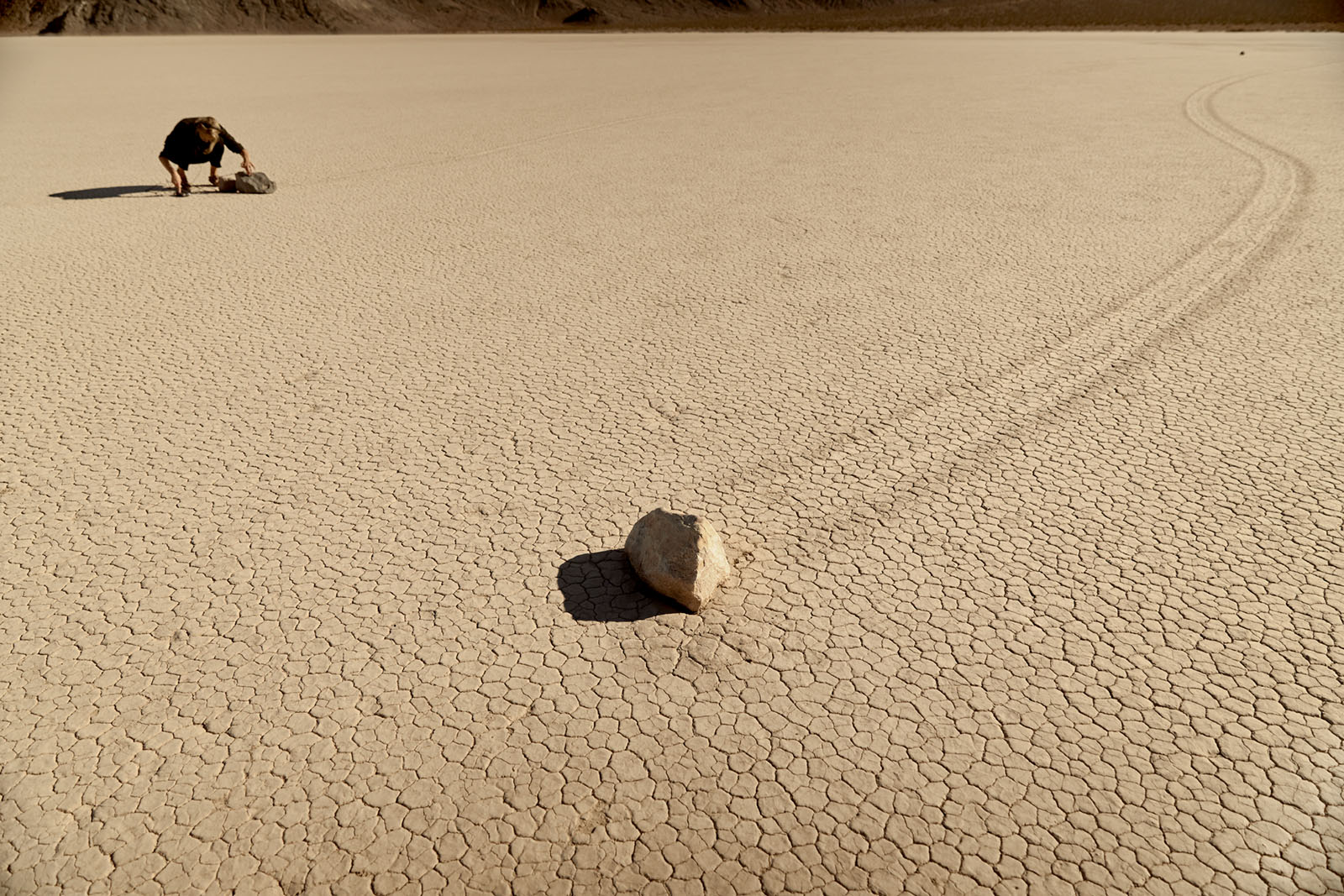Vidéographe and Filmform are proud to present a joint digital screening within the new framework “Conversation Between Collections”. Each organization have put together a film programme containing works from both collections through the lens of a specific theme.
The two programmes will be screened on two separate occasions, April 22nd (part 1) and April 29th (part 2). For more information on part 2: LINK HERE
Part 1: Traces and Territories (programme by Vidéographe)
Streamed two times on Thursday April 22th, 7 PM local time in Canada (EDT) and 7 PM local time in Sweden (CEST). No tickets required.

Canadian audience: LINK HERE
Programme:
Works distributed by Filmform
Ear to the Ground (Wandering Rocks)
Ulrika Sparre
2020, 00:09:04
Faces
Liselotte Wajstedt
2008, 00:03:29
Untitled Abisko
Sophie Vuković
2020, 00:19:20
TRACES AND TERRITORIES
Drawn from the Filmform and Vidéographe collections, the works in this programme explore the traces that human beings leave – or don’t leave – on the territories in which they settle, and the effect of their absence, destruction or rediscovery on local history, great or small.
– Karine Boulanger, Vidéographe
Programme:
1. Håkan Dahlström, The Monument, 2014, 17:15 min (Filmform)
2. Ulrika Sparre, Ear to the Ground (Wandering Rocks), 2020, 9:04 min (Filmform)
3. Macha Ovtchinnikova,The Scar of the Earth, France-Russia, 2020, 10:57 min (Vidéographe)
4. Terres fantômes, Félix Lamarche, Canada, 2019, 18:38 min (Vidéographe)
5. Sophie Vuković, Untitled Abisko, 2020, Sweden, 19:15 min (Filmform)
6. Liselotte Wajstedt, Faces, Sweden, 2008, 3:29 min, no dialogue (Filmform)
Running time: 78 min
Conversation Between Collections:
Through the screening format Conversation Between Collections, two distributors of artists moving images are joined to shed lights on each other’s collections and organizations. With a specific theme as their starting point, the two distributors select works from both their own and the others catalogue and present it in a public film programme. As a result, international tendencies in artists subjects and methods are linked and historical layers are revealed. The works come into dialogue and unexpected encounters open up to new understandings of the arts and ourselves.

